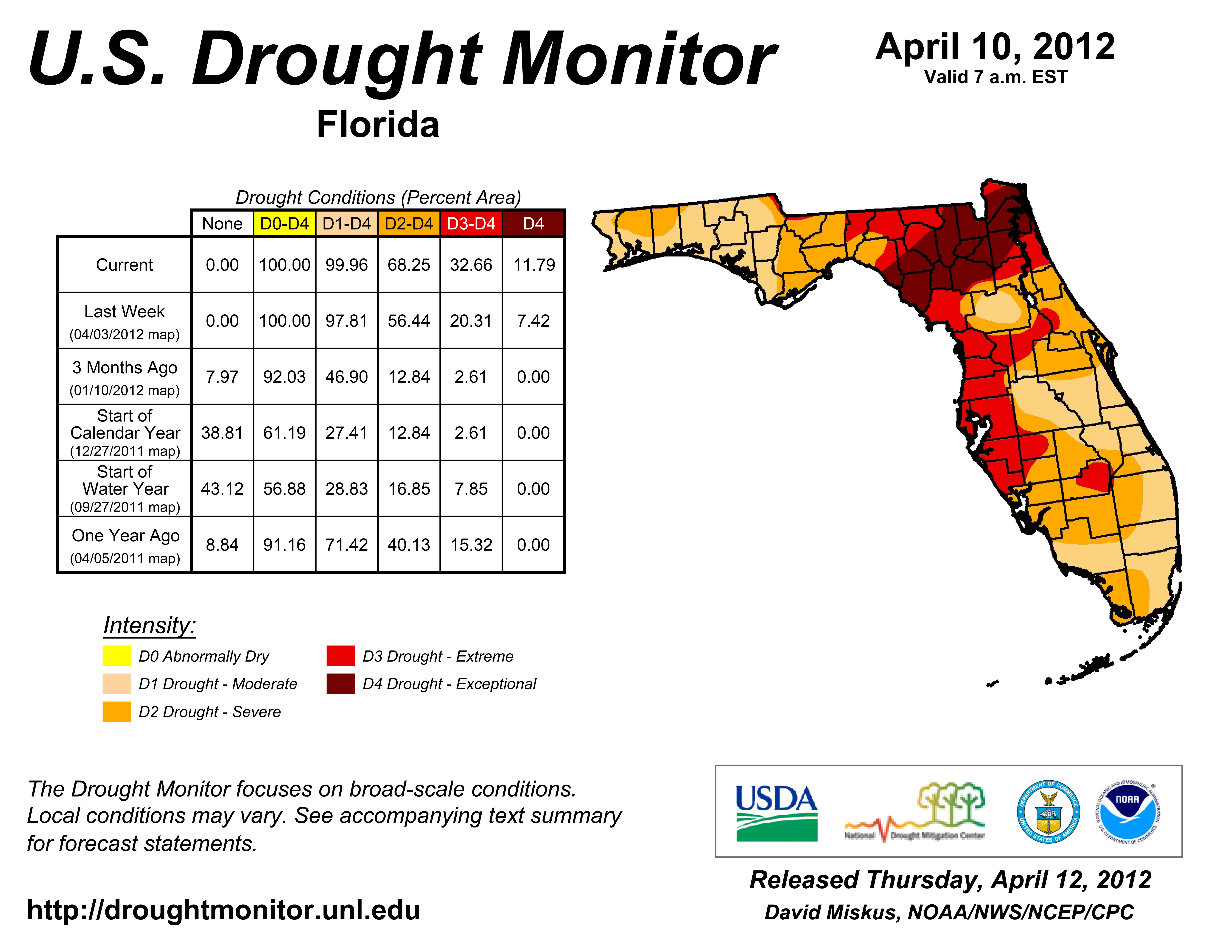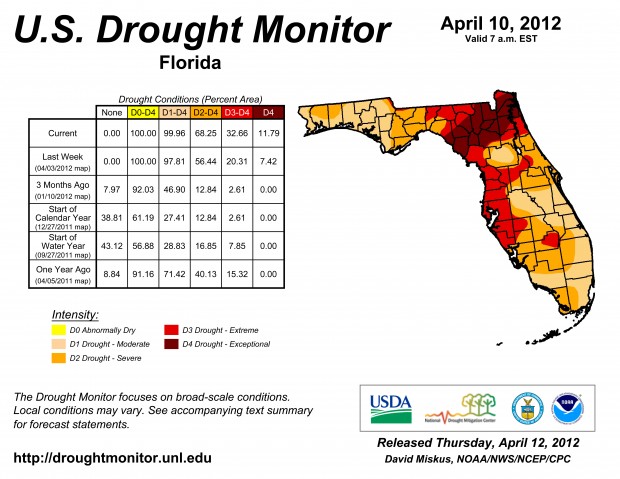No doubt most Floridians are aware of the potential challenges of sea level rise–at least in relationship to their houses, property, and communities. Ecosystems, though, may be a less visible problem for many residents of the sunshine state.
Francis E. “Jack” Putz wants to bring the plight of at least one ecosystem community to the foreground. He recently published an article, “Coastal Forests Retreat as Sea Levels Rise,” about how Florida’s coastal forests will likely respond to sea level rise.
“I hope that Floridians accept that sea level rise is something about which we need to be concerned now, and not just people in [other countries] and not just our children’s children,” Putz wrote in an email release about the article that has been published in the Palmetto, a quarterly journal for the Florida Native Plant Society.
“[The article] is 20 years of research,” said the professor of conservation biology at the University of Florida, Gainesville, Fla. Putz teaches courses on the ecology and management of local and tropical ecosystems. His research includes silviculture, fire ecology, and ethnobotany.

